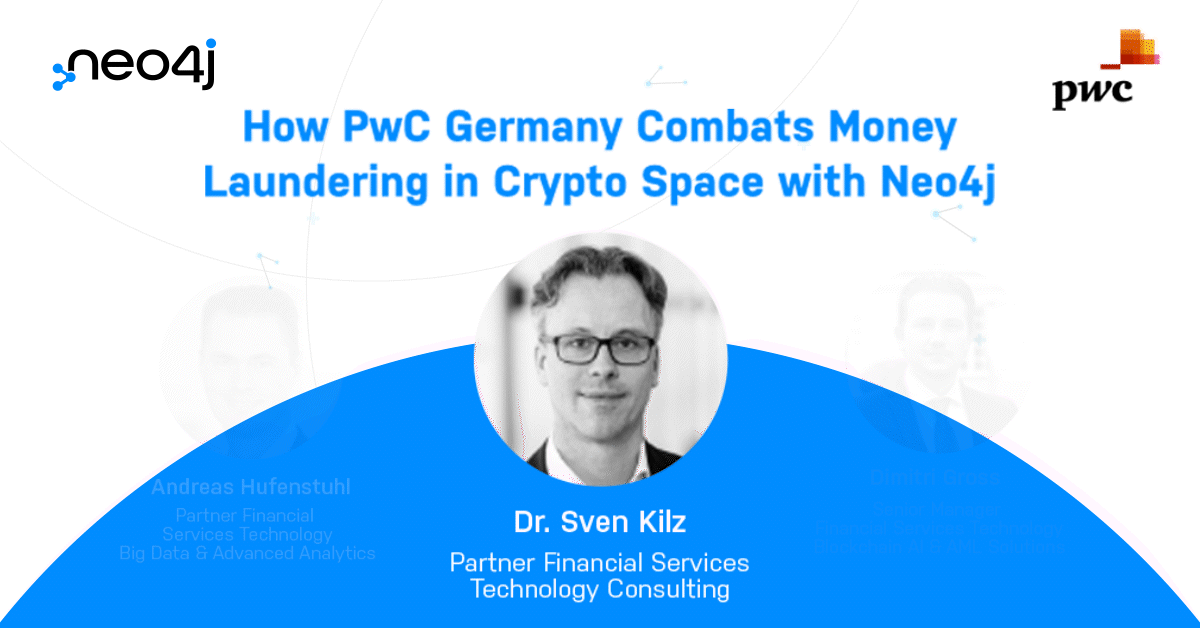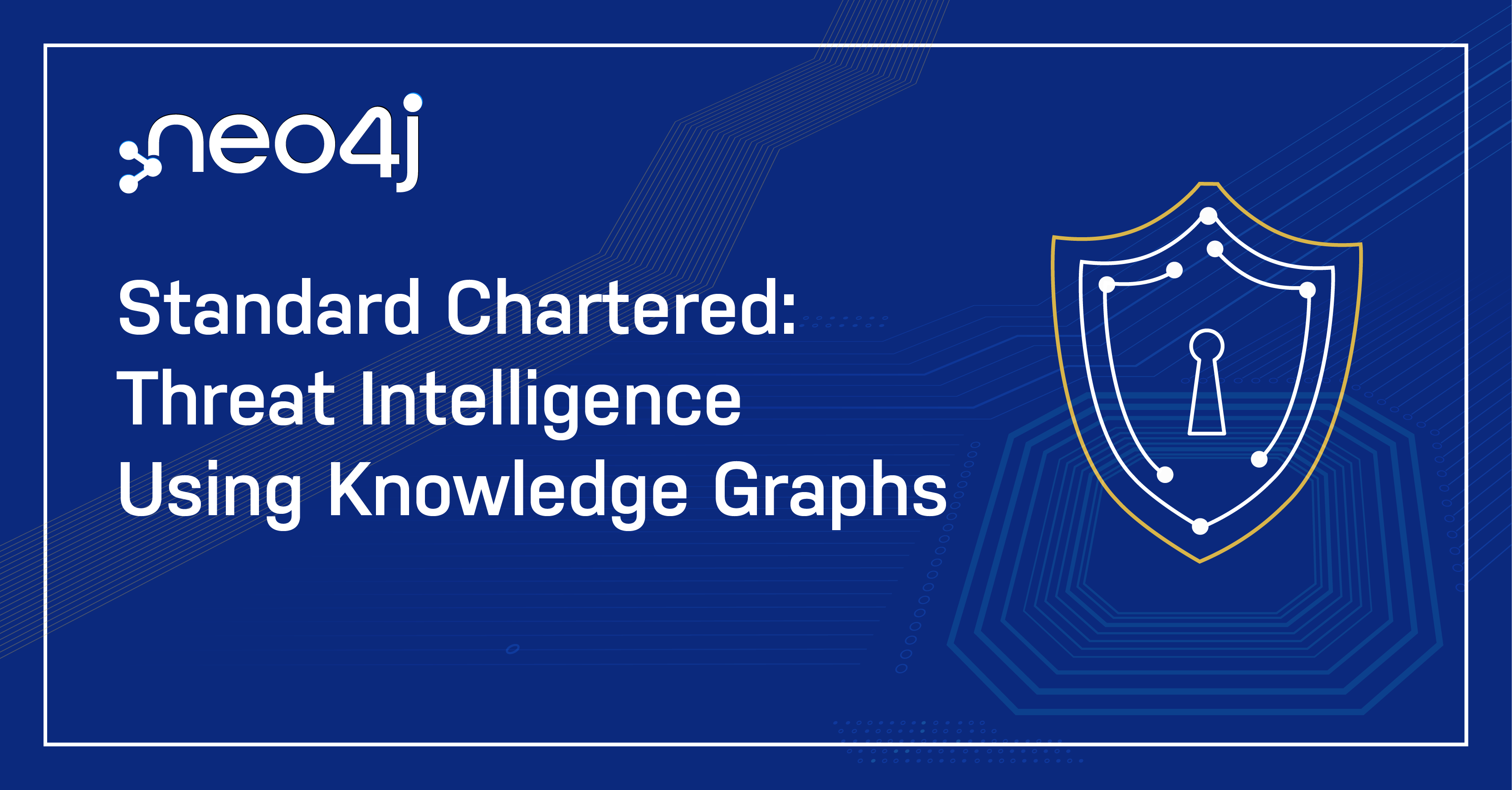
What Is the Financial Action Task Force?
The Financial Action Task Force (FATF) is the leading actor in drafting effective guidelines and regulations to combat criminal activity within financial systems. Since the FATF was established, its recommendations have driven global legislation concerning money laundering prevention. As defined by the FATF, virtual assets represent value that can be traded or transferred digitally and used for payments or investments.
In addition to their recommendations, FATF also provides interpretive notes. The current version of these notes recommends that member states ensure that service providers with access to virtual assets collect the information of both senders and recipients. The German Federal Ministry of Finance published a draft of a Crypto Asset Transfer Regulation in an effort to incorporate the Travel Rule into German law.
Regulations Around Crypto Assets and Blockchain Technology
New and emerging technologies have the potential to make anti-money laundering measures and counter-terrorist financing operations faster, less expensive, and more efficient. This enormous growth – especially in the case of DLT and Blockchains – will not only create new opportunities, but also regulatory demands.
Enabling businesses to harness this blockchain technology – while making them manageable from a regulatory point of view – is a difficult task. Thus, the current players such as crypto exchanges or trading platforms for digital assets need to meet this challenge head-on to avoid any competitive disadvantages or even exclusions from economic spaces. Therefore, financial crime risks can have extinction-threatening consequences if incorrectly managed – but in this young market, the trust it builds up is key to success.
PwC Germany’s Blockchain Explorer and Transaction Analyzer
PwC Germany has taken on this task by developing a platform that makes it possible to comply with requirements such as the Travel Rule and other FATF-inspired flags. The PwC’s solution called BETA (Blockchain Explorer and Transaction Analyzer) supports the crypto asset service provider, protecting them from financial crime risks and assuring that compliance and regulatory requirements are fulfilled.
One of the key features of BETA is its explainable risk reporting. With over 300,000 transactions a day on the bitcoin blockchain and more than a million transactions a day on ethereum, incoherent reporting can pose enormous challenges.
Equally important to fulfill the FATF/FIU requirements is the ability to link local data of a crypto asset service provider – such as order history, KYC records, IP session logs, and other PII data – to the on-chain data. The advantage of BETA is not only the continuously maturing and travel rule-ready analytical database, but also the ability to integrate existing AML scoring providers and bring them to a uniform and transparent transaction risk scoring.
Why Neo4j?
Neo4j has emerged here as a digital leader that enables PwC to meet this technological challenge. Besides obvious tasks like storing, administering, and enriching this sheer volume of transactions, we use the tools provided like Neo4j Graph Data Science to run various pattern recognition and transaction algorithms directly on the graph without transforming it and storing temporarily.
With Neo4j, we can confidently offer automated real-time scoring and don’t have to worry about runtime or scaling issues.
But let us dive into the main challenges to understand why this topic is so complex and why it’s essential to understand both the regulatory side and the technology.
How Graph Technology Confronts Challenges in the Crypto Space
By looking at the high variety of FATF defined red flags, it’s clear we’re facing a high technological and analytical challenge. Our teams have to develop diverse and very different strategies to cope and remain effective. Neo4j has proven to be a very flexible partner that allows us to adapt the developed algorithms to new challenges without redesigning to meet every obstacle.
Another challenge is that various blockchain implementations use different standards in how they store the data. In the UTXO model (bitcoin), the entire graph of transaction outputs, spent and unspent, represents the global state. In the account model (ethereum), only the current set of accounts and their balances represents the global state. We were able to load the transactions into a common database and use this technology to reduce the complexity of the subsequent processing of the data.
Due to the enormous amount of data and the broad and deep searches that we use in our algorithms for enrichment – and ultimately also for scoring and flow of funds reports – we would have quickly run into inefficient runtime problems in conventional databases. By using the graph database and the query language that was tailored to our case, we were able to develop very efficient and clear queries and solutions to the aforementioned problems.
A Lasting Partnership for Neo4j and PwC Germany
Technologies like graph convolutional networks and auto encoders in combination with graph database native capabilities are key to success in this field. This area of analytics is complex and needs a big investment in research and development to achieve sustainable results.
PwC Germany can navigate this complexity by involving the SMEs from our firm and applying this knowledge to Neo4j’s technology. This will provide a technological and analytical foundation as an adaptable audit-proof platform for AML/CTF transaction monitoring and risk-based flow of funds analytics for crypto assets. These are fully aligned on FATF and implements the travel rule capabilities.
We look forward to seeing where Neo4j and graph technology can take us in the future.
Download the White Paper



